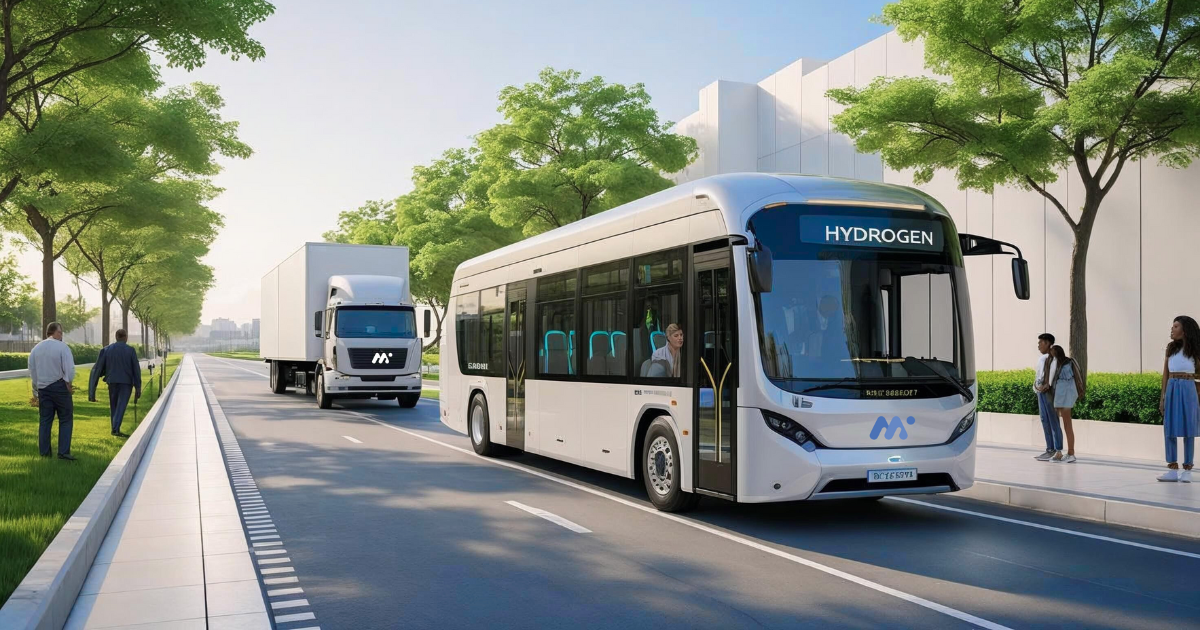Public service and hydrogen technology: how innovation can improve quality of life

On International Public Service Day (23 June), we reflect on the role that technological innovations, such as hydrogen propulsion, can play in public service. For us at Mobility & Innovation Production, the development of hydrogen vehicles has a significance that goes beyond the technology or the market. We are about creating solutions that have a real impact on society and the environment.
Why the public service is not just an office
When we talk about the public service, we do not just mean the civil service. Public service means acting for the benefit of the whole – and private companies can do that too. For example, by bringing innovative solutions that reduce emissions, protect the air and improve the quality of life in cities.
Hydrogen technology as part of the public interest
Hydrogen vehicles are a zero-emission alternative that can replace diesel engines in freight transport. Their introduction has a positive impact on:
- – cleaner air in cities,
- – lower noise in populated areas,
- – the energy independence of countries,
- – the long-term sustainability of public transport.
Real impact: testing in cooperation with METRANS
In cooperation with METRANS, we are testing our hydrogen tractor in real transport. The testing is taking place in everyday logistics and is providing data that can influence future procurement and infrastructure plans of cities and the state.
Public service does not start with legislation. It starts with the courage to try new things. And that is exactly what is happening on Slovak roads today.
Innovation as responsibility
We believe that innovation without accountability is meaningless. That’s why we place emphasis on safety, certification and transparency – and in doing so, we strive to benefit not only our partners, but also the public.
Recommended reading
How your company can go carbon-free in 5 steps